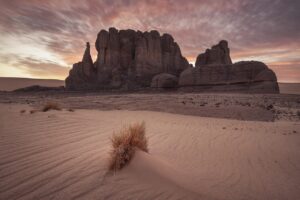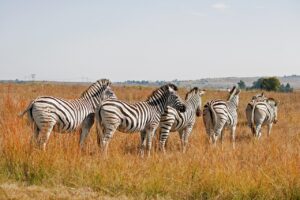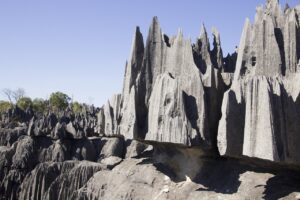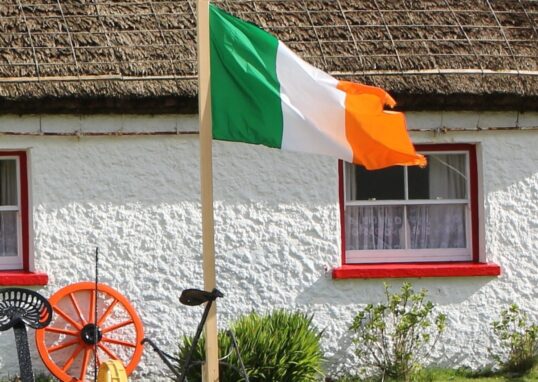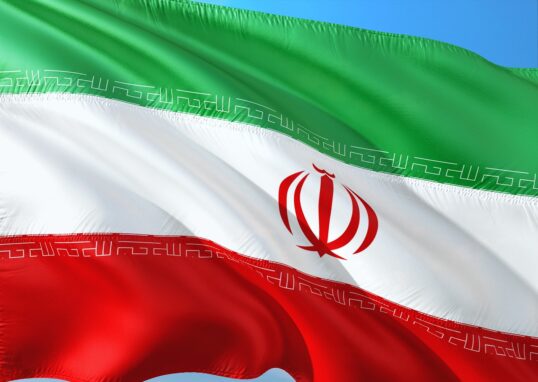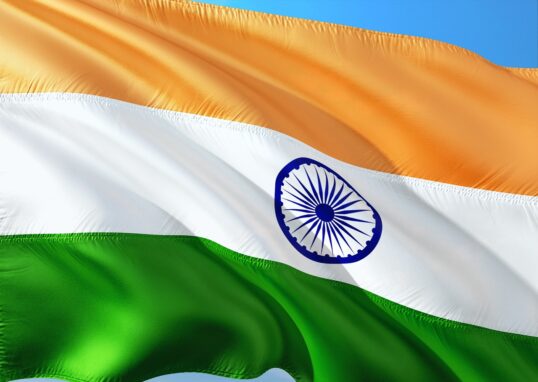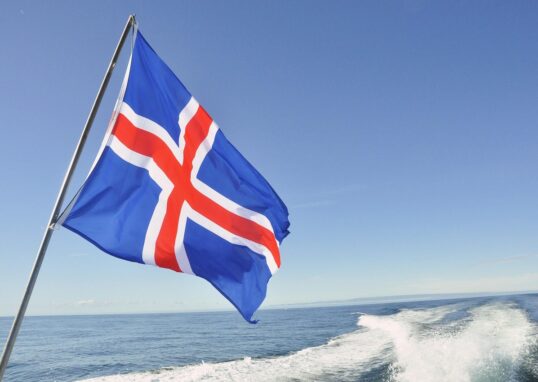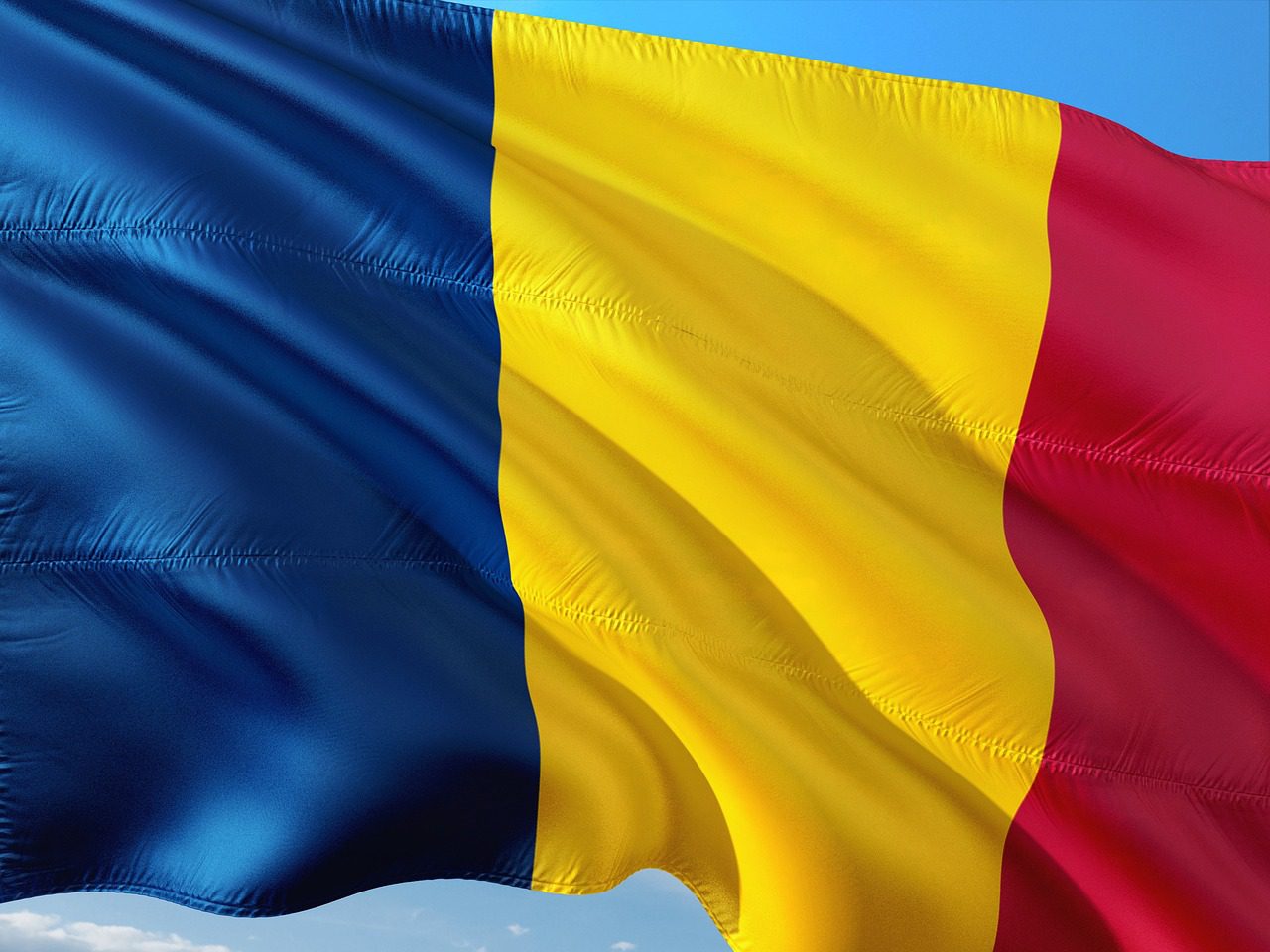
Chad – The Heart of Africa’s Hidden Beauty
Chad is a landlocked country in Central Africa. It lies in the middle of the continent and is bounded by Libya to the north, Sudan to the east, the Central African Republic to the south, Cameroon and Nigeria to the southwest, and Niger to the west. Its location gives it a mix of diverse landscapes, traditions, and cultures. The country is occasionally named the “Dead Heart of Africa” because of its dry Sahara Desert in the north, but Chad is colorful, lively, and full of culture. It is a land of deserts, mountains, lakes, and savannas. The capital, N’Djamena, is situated on the Chari River and serves as the nation’s political and economic capital. Chad is still less known to most visitors, but those who do make the trip discover a country of stark beauty and rich history.
Geography and Landscape
Chad comprises an enormous area of over 1.28 million square kilometers, placing it as the fifth-largest country in Africa. Chad may be divided into three zones:
- The Sahara Desert in the north – Hot, arid, and endless dunes of sand mark this zone. One of its most spectacular features is the Ennedi Plateau. Natural arches of rock, cliffs, and prehistoric paintings in caves are located here.
- The Sahel Belt in the center – A semi-arid belt with grassland and bushes. It’s home to many pastoral communities who herd cattle, goats, and camels.
- The Sudanian Savanna in the south – This belt is blessed with fertile soil, forests, and rivers. It is conducive to agriculture and is the most populated part of the country.
Lake Chad is located in the west and was once one of the largest freshwater lakes in Africa. The lake has, however, shrunk over the years due to climate change and water overexploitation. It remains a significant source of livelihood for millions of citizens in Chad, Niger, Nigeria, and Cameroon.
History of Chad
Chad has a past that goes back thousands of years. It was formerly a part of the Saharan trade routes linking North and West Africa. The Kanem-Bornu Empire, which was founded around the 9th century, was one of the most powerful kingdoms in Africa. It grew rich through trading slaves, salt, and gold. Later, Chad was colonized by France in 1900. French colonial occupation continued until 1960, when Chad gained independence as a nation. However, the decades which followed were marred by civil wars and political instability. In the past few years, the country has moved towards stability despite a few setbacks. Chad continues to rebuild and strengthen its economy, culture, and tourism today.
People and Culture
Chad contains more than 200 ethnic groups. Each of these groups has their own culture, language, and way of living. The most prominent among them are the Sara in the south, the Arabs in the north, and the Kanembu in the west. It has more than 100 local languages, but Arabic and French are the official languages. Islam and Christianity are the major religions, with traditional beliefs being observed in some regions. Chadian culture is vibrant with music, dance, and art. Chadians are renowned for wearing brightly colored garments and jovial festivities. Drums and stringed lutes are some of the traditional musical instruments played during music festivals. The nomadic tribes of the desert live simple lives, moving with their herds in search of grass and water. Their way of life illustrates the beauty of living in the harsh desert.
Economy and Livelihood
Agriculture is the hub of Chad’s economy. Most Chadians depend on farming and livestock. The fertile southern region produces millet, sorghum, peanuts, and cotton. Livestock herding is also very prevalent, especially in the north and central regions. Cattle, goats, and camels are highly valued possessions. Drilling for oil started in the early 2000s and is now one of the country’s main exports. A lot of the country still depends on traditional industries and local markets, though. Woven mats, leather goods, and handicrafts are also popular on the local trade market. Tourism is slowly growing because of Chad’s unique natural attractions.
Tourism in Chad
Chad, a landlocked country in north-central Africa, is one of the continent’s most unexplored but fascinating places. With its massive deserts, unique wildlife, and prehistoric cultures, Chad provides travelers with a sense of adventure and authenticity not found anywhere else. While tourism has yet to develop, the country’s natural landscape and cultural sites make it a hidden gem for travelers seeking untouched beauty and raw experiences. Due to a lack of infrastructure and inaccessibility to certain areas, Chad’s unspoiled beauty attracts adventurers, photographers, and tourists looking for an off-the-beaten-path experience. The Chadian government has been working towards sustainable tourism.
Major Tourist Attractions in Chad
N’Djamena – The Capital City
Most visitors start at N’Djamena. Perched on the Chari River, the city is the largest and offers a mix of modernity and traditional Chadian life. Tourists can stop by the National Museum of Chad, which contains ancient artifacts, fossils, and cultural displays. The Central Market is lively, with its selection of colorful fabrics, spices, and handicrafts. In the evening, visitors can enjoy themselves at the riverside cafes and try traditional dishes like boule (millet porridge) and stewed meat.
Zakouma National Park
Situated in southeastern Chad, Zakouma National Park is one of the greatest animal sanctuaries in Central Africa. After being under threat from poaching, the park has recovered well and is now full of elephants, giraffes, lions, leopards, buffalo, and numerous bird species. Guided safaris, birdwatching, and nature photography are some of the activities available for visitors. Zakouma is particularly renowned for its herds of elephants, which have become an icon of conservation success in Africa.
Ennedi Massif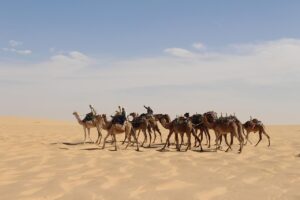
The Ennedi Massif in the northeast is a UNESCO World Heritage Site. It is a vast plateau of sandstone replete with natural arches, canyons, and prehistoric rock paintings. One of Africa’s most dramatic sites, this desert landscape has been shaped by wind and water. The rock carvings and paintings have stories of early human life, animals, and rituals thousands of years old. The area also has some nomadic tribes, giving tourists a chance to observe the ancient mode of life in the Sahara.
Lakes of Ounianga
Another UNESCO site, the Lakes of Ounianga, is a chain of 18 lakes in the Sahara Desert. The lakes are renowned for their intense colors — blues, greens, and turquoises — set against orange sand dunes. Though in one of the driest locations on Earth, the lakes are perpetually filled with water due to underground springs. It’s a natural wonder and a favorite spot for photographers and nature lovers.
Tibesti Mountains
In the far north, the Tibesti Mountains rise dramatically from the desert. This volcanic chain features Emi Koussi, which at 3,415 meters is the Sahara’s highest mountain. It is home to the Toubou people, who are renowned for their toughness and vibrant culture. The mountains include volcanic craters, hot springs, and prehistoric rock art. Hiking is an adventure and some of the most rugged and serene scenery in Africa.
Lake Chad
Lake Chad, once one of Africa’s great lakes, lies among Chad, Niger, Nigeria, and Cameroon. Despite the shrinking of the lake due to climate change, it remains a source of water and revenue for millions of people. It offers boat cruises, fishing activity watching, and village exploration in the vicinity. The lake’s wetlands are also a habitat for migratory birds, and the location is perfect for bird watching.
Culture and Heritage
Chad’s cultural diversity is one of its greatest strengths. The country has over 200 ethnic groups, each with its own language, customs, and traditions. Visitors can experience this cultural richness through festivals, music, dance, and crafts. The north has powerful Arab and Berber influences, reflected in cuisine and traditional dress. In the south, visitors will find African tribal cultures with intense ceremonies and markets. One of the most famous cultural festivals in Chad is the Gerewol Festival of the Wodaabe people. During this festival, men adorn themselves with paint and ornamental costumes in an attempt to impress potential brides through dancing and singing.
Wildlife and Nature Experiences
Chad offers a range of outdoor pursuits for nature lovers. In addition to Zakouma National Park, other national parks like Manda National Park and Aouk National Park present excursions to view a range of animals. The country’s savannahs, wetlands, and deserts provide habitat for unique animals, from gazelles and ostriches to crocodiles and pelicans.
Adventure and Ecotourism
For those who love adventure, Chad offers exciting experiences. Hiking the Tibesti Mountains, venturing into the profound canyons of the Ennedi Massif, or camping on the shores of the Lakes of Ounianga are memorable experiences. Ecotourism is growing in Chad with NGOs and local communities working together to preserve wildlife and promote sustainable tourism. Tourists are encouraged to travel responsibly, be considerate of local customs, and assist conservation efforts.
Cuisine of Chad
Chadian cuisine is simple but flavorful. Cuisine differs from north to south depending on local ingredients. In the north, millet, meat, and dairy are utilized to make dishes. In the south, vegetables, fish, and cereals are utilized. A few of the popular dishes include:
- Daraba – stew made with okra, meat, and tomatoes.
- Kisra – flat bread made from sorghum flour.
- Jarret de boeuf – beef stew often served with rice.
- Lake Chad fish – fish grilled or fried and served with sauces. Tea is the popular drink, strong and sweet. Sharing a cup of tea is a sign of friendship and hospitality.
Climate and Best Time to Visit
The climate in Chad is tropical in the south and desert in the north. November to April is the dry season, while May to October is the rainy season.
Transportation and Travel Tips
Traveling in Chad can be challenging because of long distances and limited roads. Paved roads connect N’Djamena to cities like Moundou, Abeche, and Sarh. Domestic flights connect major cities. Four-wheel-drive vehicles are recommended for trips to outlying areas.
Surrounding Places and Attractions
The central position of Chad in Africa makes it bordered by nations with interesting sites. Travelers can make excursions to neighboring areas and experience even more of African variety.
Cameroon (Southwest)
It is possible for tourists to enter Cameroon from Chad to visit Waza National Park, which contains elephants and lions. The capital city, Yaoundé, is also famous for its green hills and cultural museums. The Mount Cameroon Volcano, near the coast, is a popular place for hiking.
Niger (West)
Niger offers the Air Mountains, which are replete with prehistoric rock art similar to the Tibesti. Agadez city is an old trading hub with mud-brick architecture and vibrant markets. One can experience Tuareg desert culture here.
Sudan (East)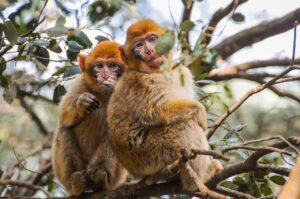
Sudan also boasts the Sahara landscape, which it shares with Chad. Sudan has the stunning Meroe Pyramids that are less touristy than Egypt’s pyramids. The Nile River and Khartoum city also provide profound cultural experiences.
Central African Republic (South)
This neighboring country offers rainforests and wildlife. Dzanga-Sangha National Park is one of the most biologically diverse spots in Africa, with gorillas, elephants, and colorful birds.
Libya (North)
The Chad-Libya desert frontier offers unique rock formations and ancient caravan routes. Adventurers can see prehistoric remnants and stunning desert dunes stretching as far as the eye can see. Within Chad itself, smaller towns also offer beauty and discovery:
- Moundou – the second most significant city, renowned for cotton and local beer.
- Sarh – green city on the Chari River, with outlying farmlands.
- Abeche – capital of Ouaddaï region, once powerful sultanate with historic mosques and markets.
- Fada – gateway to Ennedi Plateau, with natural wonders and prehistoric art.
Conclusion
Chad is a land of mystery, diversity, and natural beauty. It takes travelers on a journey through time and culture, from the deserts of the north to the green savannas of the south. Its vast open spaces, wildlife, and traditional way of life offer travelers a genuine taste of Africa’s wild soul. Although it lacks the tourist crowds of other destinations, Chad abundantly rewards those seeking authenticity and adventure. From hiking across the Ennedi Plateau, to relaxing on the shores of Lake Chad, to meeting nomads in the Sahara, every region of Chad has a tale to share — one of survival, of tradition, of time-defying beauty.


